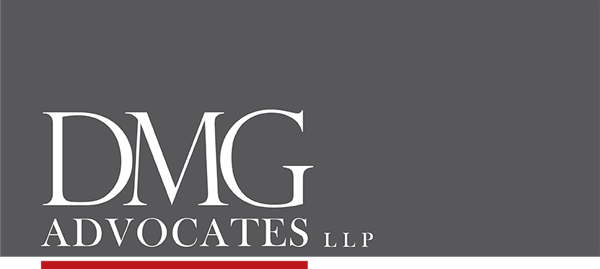May 13, 2020
On May 13, 2020, the E-Hearings Task Force (“the Task Force”) released Best Practices for Remote Hearings (the “Best Practices”). The purpose of the Best Practices is to provide guidance for lawyers and parties when preparing for and participating in remote hearings. They are accompanied by user-friendly tools such as checklists and a short Overview of the main points to assist parties in navigating what is now the new normal in litigation during the COVID-19 pandemic. The materials can be accessed here.
The Task Force was struck by the Ontario Bar Association and The Advocates’ Society in cooperation with the Federation of Ontario Law Associations and the Ontario Trial Lawyers’ Association. Its members are from all judicial regions of the province and include civil, family, criminal, personal injury and government lawyers, in addition to members who have technology expertise.
The guidance in the Best Practices is practical and focuses on the co-operation and collaboration that is necessary to effectively participate in a remote hearing. They are subject to local Practice Directions and Rules of the Court applicable to the judicial region in which the hearing will take place so those must be consulted before embarking on a remote hearing. While ultimately the Best Practices are subject to the discretion of the adjudicator hearing the matter, they are a source of invaluable information on issues parties need to consider when they prepare for a remote hearing.
Remote hearings require a lot of planning. They also work best when parties familiarize themselves with the technology that will be used well in advance of the hearing itself.
To that end, the Best Practices provide recommendations for:
- What to discuss with opposing parties to plan the hearing
- How to do a test run to ensure everyone knows how to use the technology platform and how to exchange and show documents and communicate during the hearing
- Issues that could be discussed with the adjudicator in advance of the hearing
- Format, naming practices and tech tips for managing hearing documents
- Technology tools and set up to use during remote hearings such as using two screens for viewing the hearing and your documents simultaneously
- How to prepare witnesses for their testimony at the hearing
- Courtroom “decorum” and how to communicate with clients and other parties outside the hearing room
- How lawyers can assist self-represented parties to navigate a remote hearing and the Best Practices themselves
These Best Practices also have the following appendices:
- Appendix A – on-screen tips for counsel, parties and witnesses
- Appendix B – information regarding the recommended hardware and software
- Appendix C – an outline of various key resources for parties, including resources for self-represented parties
- Appendix D – user-friendly checklists in Word format
It is clear from recent court endorsements that remote hearings are here to stay. Once the COVID-19 pandemic is over and the courts return to regular operations, all indications are that some Ontario matters will still proceed via remote hearings where there are efficiencies and cost savings to be gained. Until that time, we are all living in a remote world and parties to litigation in Ontario should crack open the Best Practices and start preparing.
If you have any questions about remote hearings or the Best Practices, please reach out to our partner, Kathryn Manning at
[email protected] or 416-238-7461, who authored this bulletin and acts as co-chair of the Task Force.
